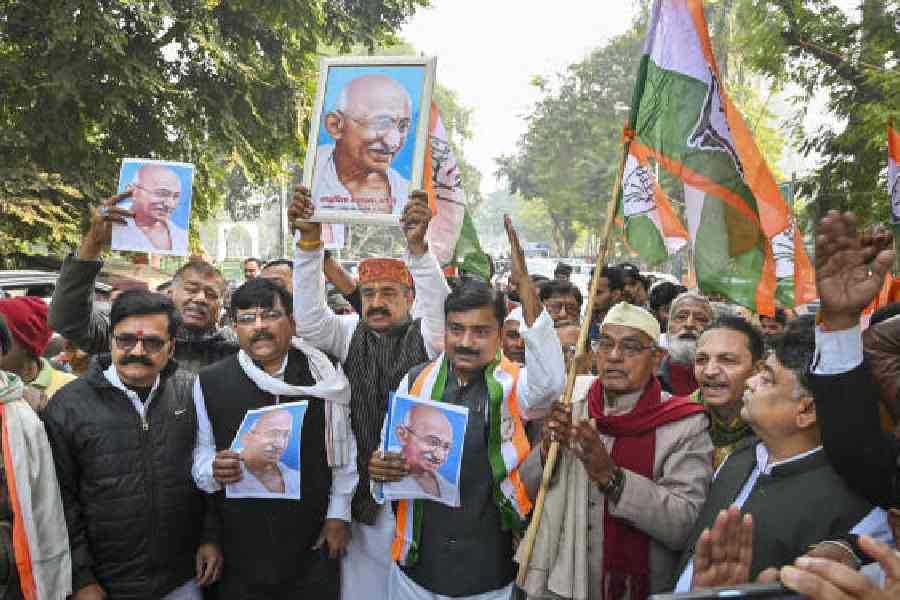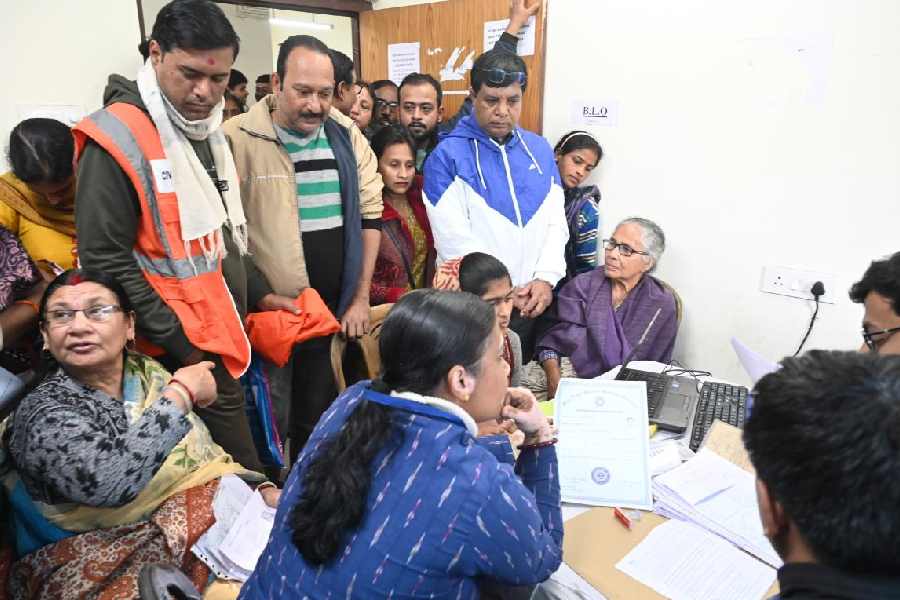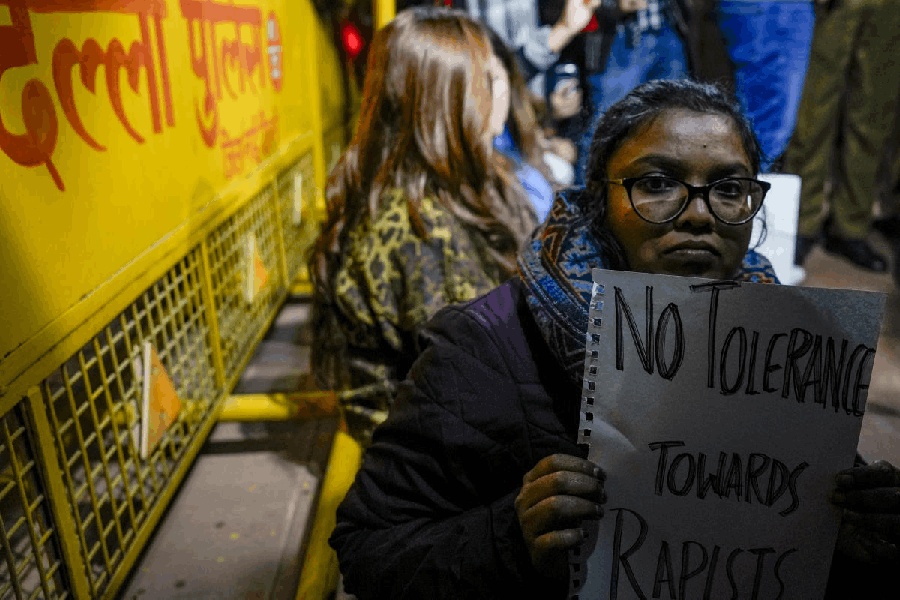Calcutta, May 3: A central PSU in Calcutta has presented the navy with a blueprint to build submarines in the Hooghly.
Buoyed by a Rs 20,000-crore order from the Centre to build three stealth frigates called the P17A, defence public sector Garden Reach Shipbuilders and Engineers (GRSE) has said in the blueprint that it will build a yard in the resort town of Raichak, set on a bend in the river 50km south of Calcutta.
A workshop, a dry dock, an assembly and fitting-out jetty, and a "slipway" in Raichak will launch the submarines into the Hooghly's waters before they sail out to sea.
The part of Raichak where the yard has been planned has a draft, or depth, estimated at eight to 10 metres, which will allow the boats to be built, the GRSE chairman and managing director, Rear Admiral (retired) A.K. Verma, told The Telegraph. The boats will be built under the navy's Rs 60,000-crore Project 75 India (P75i).
The Hooghly is largely non-navigable for vessels requiring great depths because of silt as well as berms on the riverbed that often emerge at low tide.
In February this year, GRSE presented the blueprint to an eight-member committee headed by the navy's Controller of Warship Production and Acquisitions, Vice-Admiral Ashok Subhedar. The Subhedar committee had been tasked to recommend which Indian shipyard(s) should be considered for the P75i programme.
The P75i is India's biggest military acquisitions programme, estimated to cost Rs 60,000 crore. Last October, the government decreed that all six submarines in the project should be built in India.
The selected Indian yard(s) would be expected to tie up with one of six global submarine majors: DCNS of France, Rubin Amur (Russia), Navantia (Spain), Thyssenkrupp or HDW (Germany), Kockums (Sweden), and Soryu (Kawasaki, Japan). The Subhedar committee is yet to submit its recommendations.
GRSE was initially ruled out because the Hooghly is not known to allow a draft of more than four to five metres at best.
But GRSE convinced the government to take a serious look at its capabilities after delivering two major warships - the anti-submarine warfare (ASW) stealth corvette INS Kamorta and the Barracuda offshore patrol vessel, India's first warship export (to Mauritius) - in time last year. It also disclosed its plans for Raichak.
A Telegraph team that was given a guided tour of GRSE's restricted-access facilities saw two more ASW corvettes of the P28 Kamorta class being readied for deliveries to the navy at the fitting-out jetty and the main yard, and an amphibious ship, which can beach with troops and armoured vehicles, at a dry dock that slopes into the Hooghly.
Towering above the yards was a Goliath crane, recently built as part of a Rs 600-crore modernisation programme.
"With the technology available today, any yard that can build a warship can build a submarine," GRSE chief Verma said.
"We have just got a Rs 20,000-crore contract for three P17A (stealth frigate) ships that will go on for ten years, and we are transiting from a medium-level shipyard to a major builder capable of meeting international standards - witness our export."
For the submarine-building programme, GRSE is in competition with Mazagon Docks (Mumbai), Goa Shipyard, Hindustan Shipyard (all under the defence ministry), Cochin Shipyard (under the shipping ministry), Pipavav and Larsen & Toubro (both in the private sector).
Only Mazagon Docks and L&T have some experience with submarine-building. French firm DCNS is building six Scorpene submarines at Mazagon Docks; L&T has supplied the hulls for India's Arihant-class nuclear submarines.
In Raichak, the defence shipyard has acquired 100 acres. It is also in talks with the Odisha government to acquire land at Dhamra in Bhadrak district. Verma says the modular design of shipbuilding will allow submarines to be built block by block and integrated in Raichak.
For the Kamorta class, which requires the fitment of underwater sonar (submarine-detection equipment), the yard takes the ship to Visakhapatnam.
A warship-overseeing team from the navy monitors each stage of the shipbuilding process. Its offices are by jetties on the east bank of the Hooghly, concealed by high walls and the dirt and grime and heavy trucks that trundle through the Calcutta suburb's broken roads.
In Raichak, GRSE has planned a workshop for the manufacture of blocks up to 200 tonnes each that would be lowered to the jetties for assembly. The assembled boat would then be taken to a slipway to be launched into the water.
The Calcutta-based defence firm --- which built India's first warship, the INS Ajay, in 1961 --- is also looking at a Rs 2,000-crore order for "midget submarines" (also called "human torpedoes" or "chariots") that the Centre is trying as an experiment in Visakhapatnam. This is part of a 45-year-old navy programme that was recently revived.










